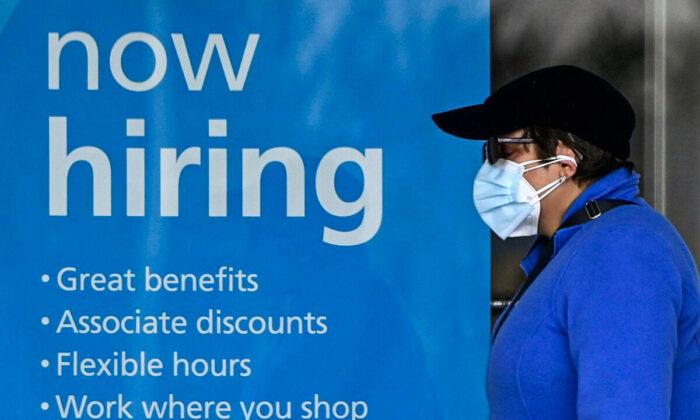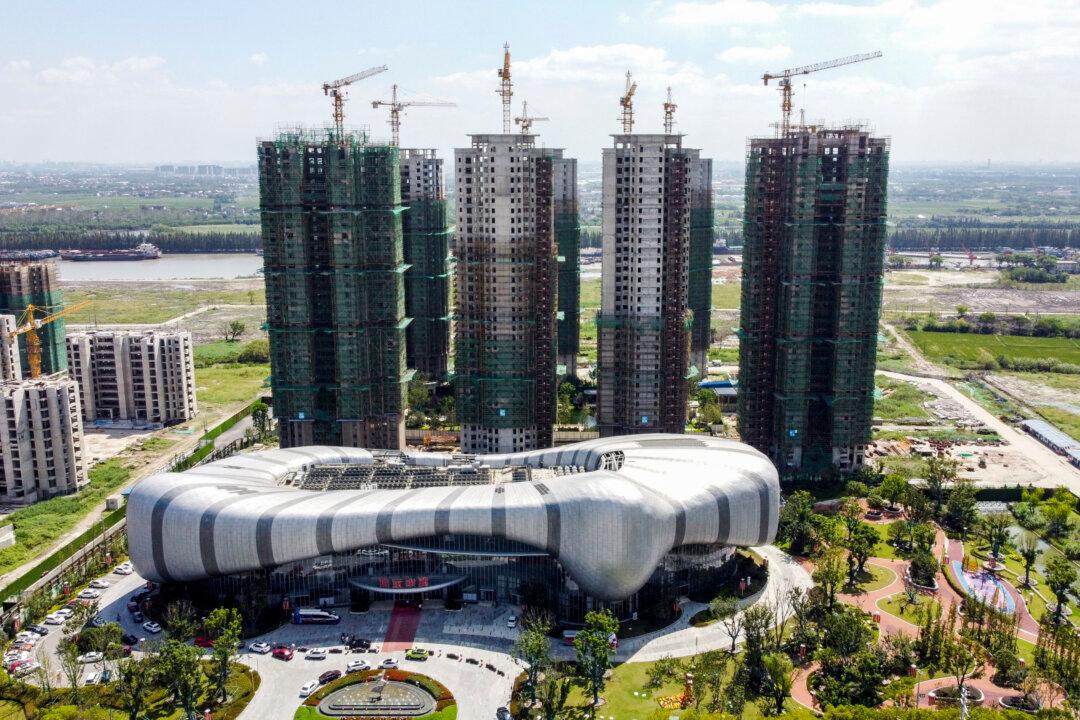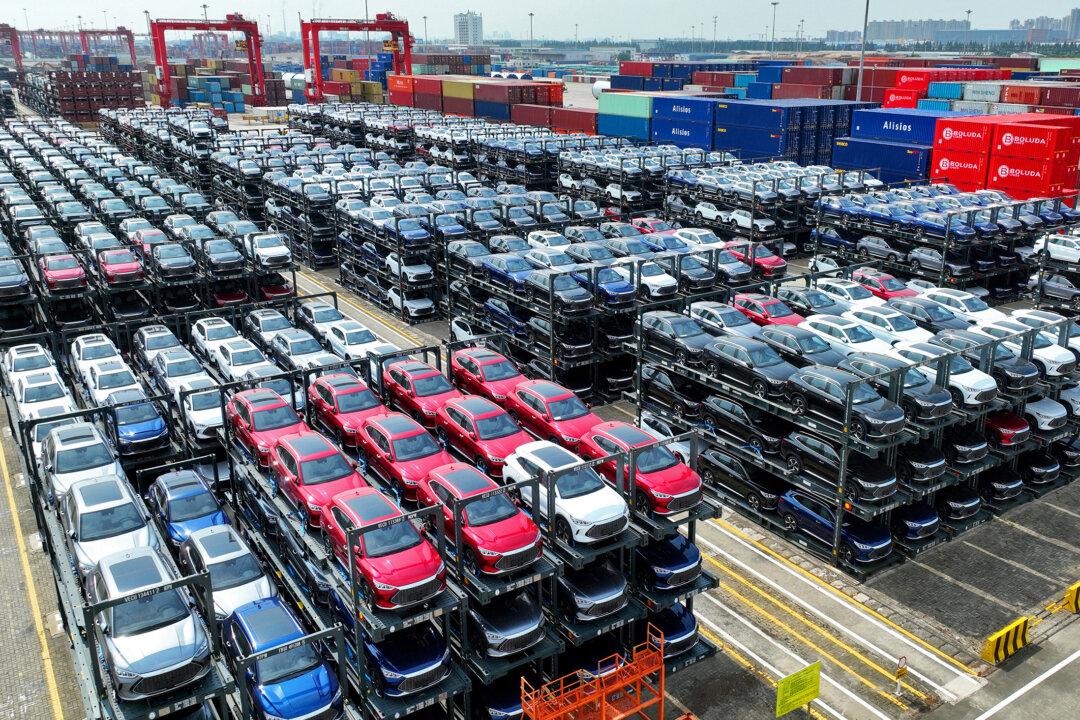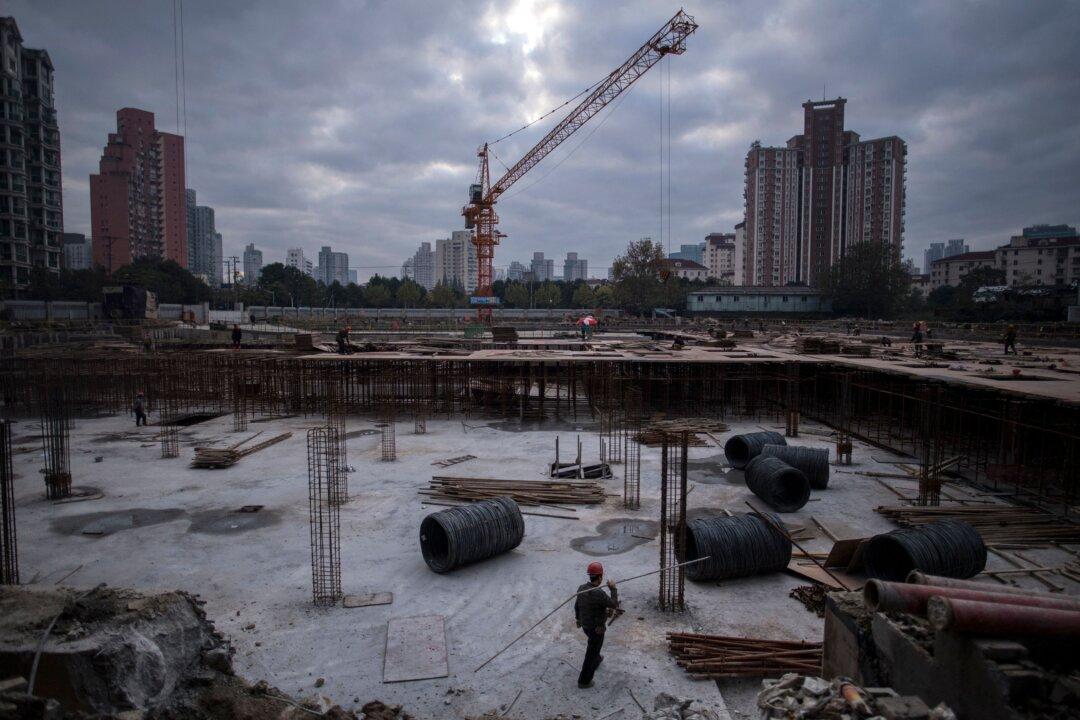With economic sanctions against Russia going into place and little precise knowledge of their effect—on Russia or the United States—the U.S. post-lockdown recovery otherwise seems to be losing momentum.
For months, growth in sales and employment were breaking records, as was the pace of new business formation. Now, although the statistical picture is by no means uniform, the economy is signaling something less robust as the country deals with the strains of the unfolding geopolitical situation. Growth will surely continue, and there are no signs of a recession yet. But slower growth is in the cards.
Although the slowing may seem to link to supply chain problems, something more fundamental is also happening. Any snapback from an artificially constrained situation, as the pandemic was, will lose momentum and slow once it recovers the ground lost to those constraints.
Probably the most telling figures come from the Commerce Department’s tally of retail sales. It’s true that January appeared to be strong. Sales rose by 3.8 percent over December 2021. But that gain barely reversed the November 2021 decline. Over the two-month period, retail sales showed almost no net growth.
The 12-month figures still look strong, but that was entirely because of fast growth this past spring and summer. Nor is the recent sluggishness rooted in supply chain interruptions. Automobiles, where supply problems are particularly acute, had a relatively strong two-month sales performance. The evidence of slowdown is more general.
Of course, month-to-month figures can give false signals, especially around the holidays. However, this kind of statistical distortion is less of a problem when it comes to tracking industrial production, as the Federal Reserve does. In that area, January did show a smart uptick of 1.4 percent from December 2021, but these figures have been bouncing up and down for months, showing only a relatively modest gain on net. The same slowing picture is evident in the record of new business formation.
In January, nationwide applications to form new businesses totaled roughly 430,000, up slightly from the December 2021 level, but still not enough to recapture the level set in November 2021. The net decline was even more pronounced in applications to form businesses that plan to hire workers.
Some regions of the country fared better than others, but the lack of strong progress was universal. Were it just a matter of a stall over a couple of months, the softness could be dismissed as an anomaly, but the recent behavior extends into a declining trend with a duration of several months.
Not surprisingly, the worst numbers on applications to start a business came during the lockdowns and quarantines of the spring of 2020. During that time, only about 250,000 people sought to start a new business. As these restrictions were lifted in the summer of 2020, new business applications soared to roughly 550,000. Clearly people saw opportunities in the failures imposed by the lockdowns and quarantines.
This initial surge then tailed off quickly. Applications picked up again as more people became vaccinated against COVID-19 and people felt more confident that the nation wouldn’t again suffer lockdowns and quarantines. Since the mid-year 2021 high of 500,000, however, reports on these applications have confirmed the picture of slowing recovery momentum, edging down on balance each month. What’s perhaps more telling is that this gradual slowing appears in every major industry group tracked by the Census Bureau.
It would go too far to describe this moderation as a signal of economic decline. On the contrary, applications for new business formation remain at more than the 300,000 averaged just before the pandemic began. Clearly, some catching up is still going on. But as is the case with retail sales, industrial production, hiring, and other measures of economic activity, the once breakneck pace of new business formation is slowing, and war-induced uncertainties can only exacerbate this trend.
The broad picture should create confidence that the economic recovery will continue, albeit at a slowed pace, well into the second half of this year and very probably beyond. After that, continued growth will depend less on the catch-up that has driven the recovery thus far and more on underlying fundamentals. Of course, the economy has always had a growth bias, and that will continue.
These longer-term fundamentals nonetheless lie under the cloud of war and inflation and whatever policies go into place to deal with one and contain the other. However, those potential effects are still a ways away. For the time being, the dominant factor is the continuing but slower post-pandemic recovery.






Friends Read Free